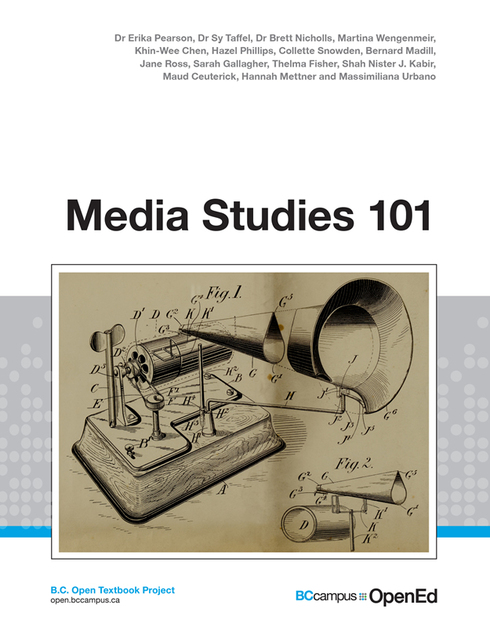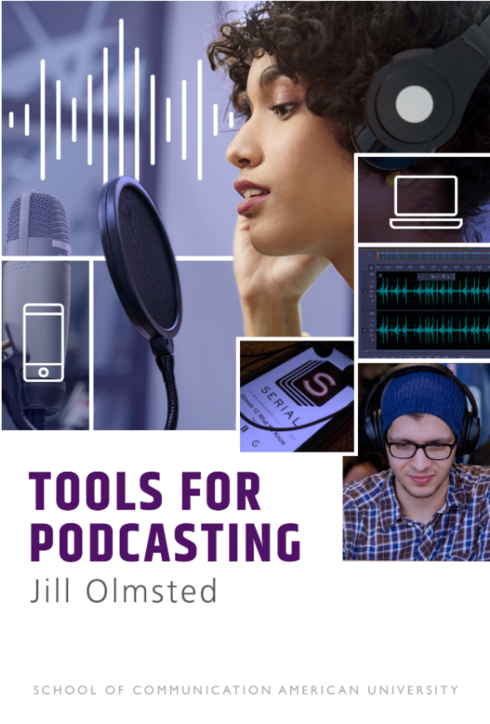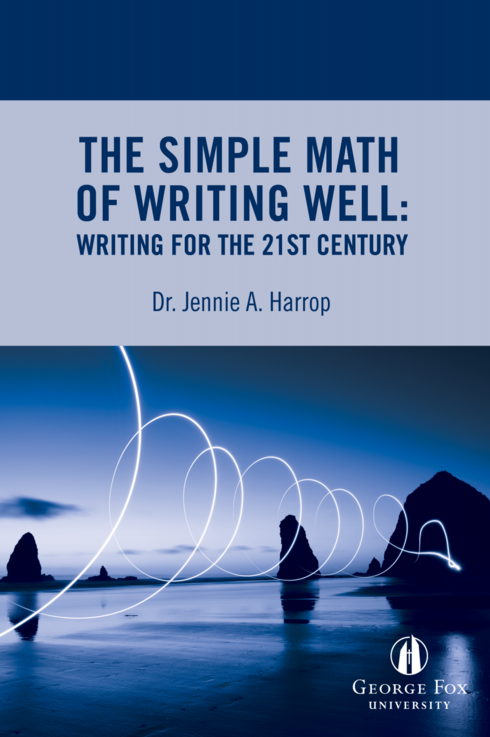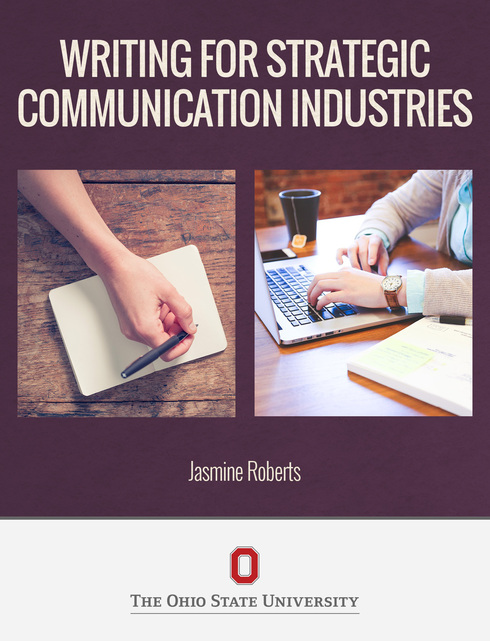Library Research Guides
 Data Journalism Handbook by Liliana Bounegru et al (2012): European Journalism Centre.
Data Journalism Handbook by Liliana Bounegru et al (2012): European Journalism Centre.
When you combine the sheer scale and range of digital information now available with a journalist’s "nose for news" and her ability to tell a compelling story, a new world of possibility opens up. With The Data Journalism Handbook, you’ll explore the potential, limits, and applied uses of this new and fascinating field. This valuable handbook has attracted scores of contributors since the European Journalism Centre and the Open Knowledge Foundation launched the project at MozFest 2011. Through a collection of tips and techniques from leading journalists, professors, software developers, and data analysts, you’ll learn how data can be either the source of data journalism or a tool with which the story is told—or both.
 Journalism 2.0: How to Survive and Thrive by Mark Briggs (2007): USF Tampa Bay.
Journalism 2.0: How to Survive and Thrive by Mark Briggs (2007): USF Tampa Bay.
This is a book about people, not technology. Sure, there’s a lot of technology in the pages to follow, but if you boil it all down to its core, its essence, you’ll find people trying to extend a noble and grounded craft into a new and unpredictable landscape. And it’s the people who matter, not the latest software or Web site. If the people in this equation learn how make technology work for them, the rest is just details.
 Story-Based Inquiry: A Manual for Investigative Journalists by Mark Lee Hunter (2011): UNESCO.
Story-Based Inquiry: A Manual for Investigative Journalists by Mark Lee Hunter (2011): UNESCO.
This manual provides a guide to basic methods and techniques of investigative journalism, and it consciously fills a gap in the literature of the profession. The majority of investigative manuals devote a lot of space to the subject of where to find information. They assume that once a reporter finds the information he or she seeks, he or she will be able to compose a viable story. The publication focuses on the hypothesis-based inquiry approach, which takes the basic assumption that a story is only a hypothesis until verified. The methods and skills applying to every step of the investigative process, from conception to research, writing, quality control and dissemination, have been thoroughly analyzed and are well illustrated by case studies in each chapter.
 Verification Handbook For Disinformation And Media Manipulation by Craig Silverman (2019): European Journalism
Verification Handbook For Disinformation And Media Manipulation by Craig Silverman (2019): European Journalism
Centre.
The latest edition of the Verification Handbook arrives at a critical moment. Today’s information environment is more chaotic and easier to manipulate than ever before. This book equips journalists with the knowledge to investigate social media accounts, bots, private messaging apps, information operations, deep fakes, as well as other forms of disinformation and media manipulation. The first resource of its kind, it builds on the first edition of the Verification Handbook and the Verification Handbook for Investigative Reporting.
 Understanding Media and Culture: An Introduction to Mass Communication by Various Authors (2016): UML
Understanding Media and Culture: An Introduction to Mass Communication by Various Authors (2016): UML
Publishing.
Understanding Media and Culture: An Introduction to Mass Communication was written to squarely emphasize media technology. The author believes that an introduction to mass communication text should be a compelling, historical narrative sketching the *ongoing evolution* of media technology and how that technology shapes and is shaped by culture — and that is what he set out to deliver with his new textbook.
 Media Studies 101 by Erika Pearson (2013): BCcampus.
Media Studies 101 by Erika Pearson (2013): BCcampus.
Media Studies 101 is the open educational resource for media studies studies in New Zealand, Australia, and Pacifica. We have constructed this text so it can be read in a number of ways. You may wish to follow the structured order of 'chapters' like you would in a traditional printed textbook. Each section builds on and refers back to previous sections to build up your knowledge and skills. Alternatively, you may want to go straight to the section you are interested in -- links will help guide you back to definitions and key ideas if you need to refresh your knowledge or understand a new concept.This text is open under a Creative Commons NZ BY license.
 Tools for Podcasting by Jill Olmsted (2019): American University
Tools for Podcasting by Jill Olmsted (2019): American University
Welcome! If you’re interested in learning about the growing universe of podcasting, how it works and finding tools and inspiration to create your own podcast, this online resource is for you. My focus is on audio podcasting and this practical guide will help you navigate the technology and best practices in an easy-to-understand handbook. You will also find many audio and video clips that provide examples and video tutorials leading you through editing software, vocal delivery, promotion ideas and more. All videos have closed captioning and there is an extensive section on the importance of transcription of podcasts to enable web accessibility for the deaf, hearing impaired and language learning audiences. There is also an emphasis on diversity and inclusion with resources listing mentorships and employment opportunities. For even more information click on the extensive links throughout this e-book.
 The Simple Math of Writing Well: Writing for the 21st Century by Jennie A. Harrop (2018): George Fox University.
The Simple Math of Writing Well: Writing for the 21st Century by Jennie A. Harrop (2018): George Fox University.
Writing guides abound, but The Simple Math of Writing Well is one of a kind. Readers will find its practical approach affirming, encouraging, and informative, and its focus on the basics of linguistic structure releases 21st-century writers to embrace the variety of mediums that define our internet-connected world. As Harrop reminds us in the opening chapters of her book, we write more today than ever before in history: texts, emails, letters, blogs, reports, social media posts, proposals, etc. The Simple Math of Writing Well is the first guide that directly addresses the importance of writing well in the Google age.
 Writing for Electronic Media by Brian Champagne (2017): Rebus Community.
Writing for Electronic Media by Brian Champagne (2017): Rebus Community.
Welcome to Writing for Electronic Media, an OER textbook. OER stands for Open Educational Resource, which means it’s free for all who access. Since it is electronic, I will do what I can to keep it updated with the changing media. People’s viewing habits are changing as they migrate to mobile sources, social media, and kitten videos. Television News is still a dominant #1 source, and radio is still the safest way to stay informed in your car. Hopefully, you already have some journalism background. This book does not teach the who, what, when, where, why, and how of reporting; its goal is to teach how to present the journalism you already know via electronic media, primarily television.
 Writing for Strategic Communication Industries by Jasmine Roberts (2016): Ohio State University.
Writing for Strategic Communication Industries by Jasmine Roberts (2016): Ohio State University.
Good writing skills are important in today's competitive work environment. This is especially the case for communication-related professions such as public relations, brand communication, journalism, and marketing. Writing for Strategic Communication Industries emphasizes practical application of academic inquiry to help readers improve their writing skills. This book gives readers: Straightforward chapters that use real-world examples to illustrate key points. Discussion of different writing styles and techniques. Examples of communication materials such as press releases, creative briefs, feature articles, and more. Embedded videos of insights from communication professionals. Tips on pitching to the media. A collection of popular sources for further explanation.
 Information Strategies for Communicators by Kathleen A. Hansen (2015): University of Minnesota Libraries.
Information Strategies for Communicators by Kathleen A. Hansen (2015): University of Minnesota Libraries.
Written by two nationally recognized experts in information strategy, Information Strategies for Communicators leads students step-by-step through the information search and evaluation process for news and strategic communication message production. The book includes a conceptual model of the information strategy process, case studies to illustrate the process in action, and links to current examples throughout. The definitive text for the information search and evaluation process as practiced by news and strategic communication message producers.






Advice for Multimedia Journalists (Adam Westbrook)
A Guide to Technical Communications: Strategies & Applications (Ohio State University)
Be Credible: Information Literacy for Journalism, Public Relations, Advertising and Marketing Students (PressBooks)
Center for International Media Assistance (CIMA)
Handbook of Independent Journalism (Newslab.org)
Institute for Interactive Journalism (J-LAB)
Journalism, fake news & disinformation: handbook for journalism education and training (UNESCO)
Journalism Research Center (Pew Research Center)
Journalism and Design Resources (J+D)
Off and Online Journalism and Corruption (IntechOpen)
Reuters Institute for the Study of Journalism (Oxford)
The End of Journalism (Stig Abell, Oxford)
We The Media (Dan Gillmor)
Writing Fabulous Features (Ohio State University)
Research Guides by Egan Library | University of Alaska Southeast are licensed under CC BY-SA 4.0